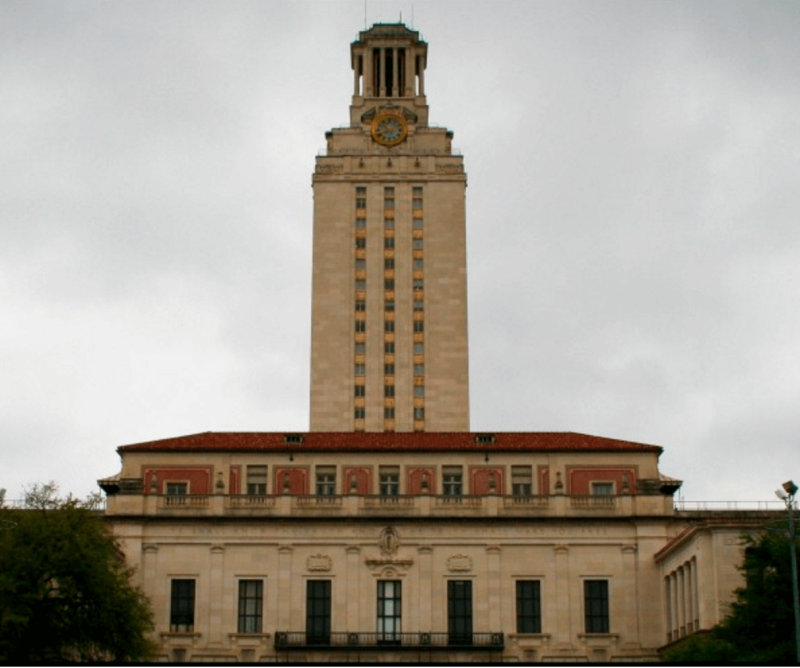Smart, strong, talented and popular, the young Charles Whitman seemed, outwardly, like a poster child for the “all-American boy” stereotype.
But as the sandy-haired boy grew up into a tall, athletic ex-Marine, beneath his mop of blond hair, something else was also growing. A brain tumor, nestled between his thalamus, hypothalamus and amygdala, developed quietly to the size of a pecan.
…
Then, one sweltering August day in 1966, Whitman did something no one expected: He climbed to the top of the UT tower with a sawed-off shotgun, and began shooting. His 96-minute reign of terror killed 14 people on campus and injured 31 more, and only ended when he was killed by Austin police.
…
Even if it were possible to pinpoint the effects of the tumor of Whitman’s actions, the question would still remain whether or not the answer should change the public’s perception of him. If it were proven that the tumor was a cause, would Whitman himself be less to blame?
The GLP aggregated and excerpted this blog/article to reflect the diversity of news, opinion and analysis. Read full, original post: If you get Alzheimer’s, will your children get it too? Neuroscientist tackles the one thing every patient fears































